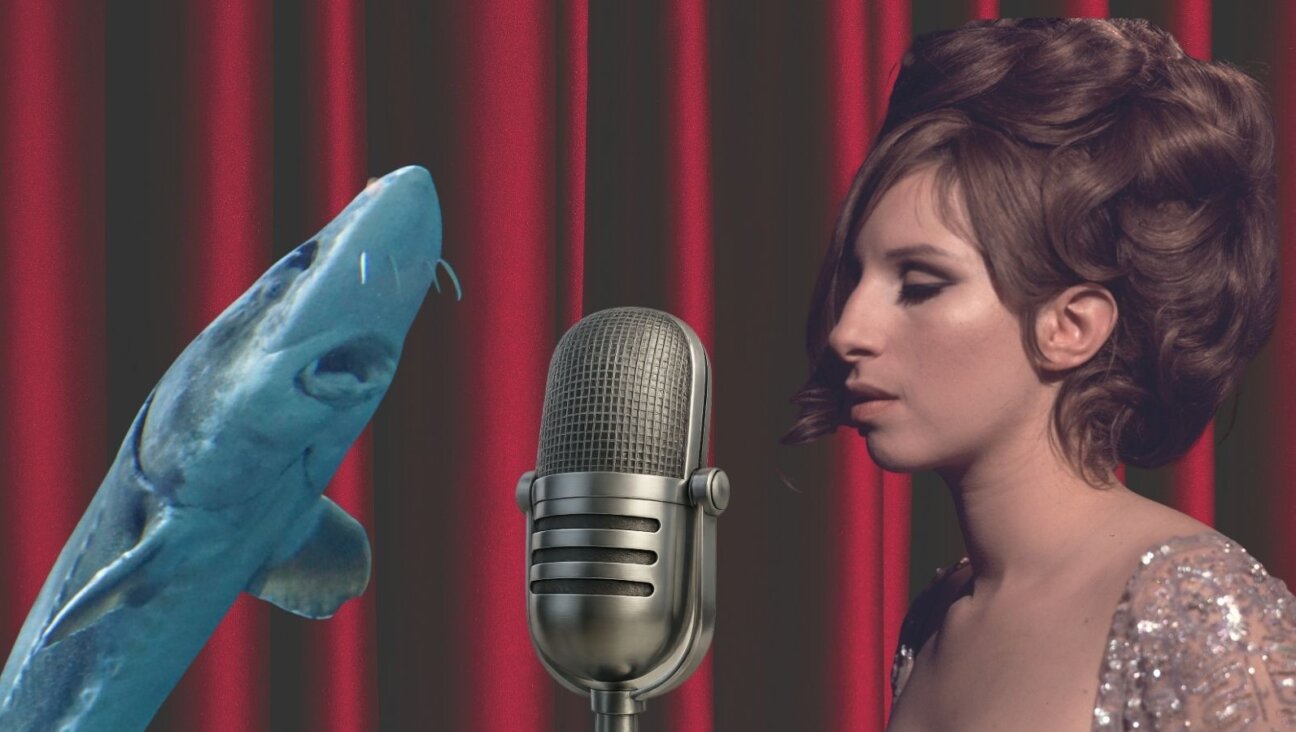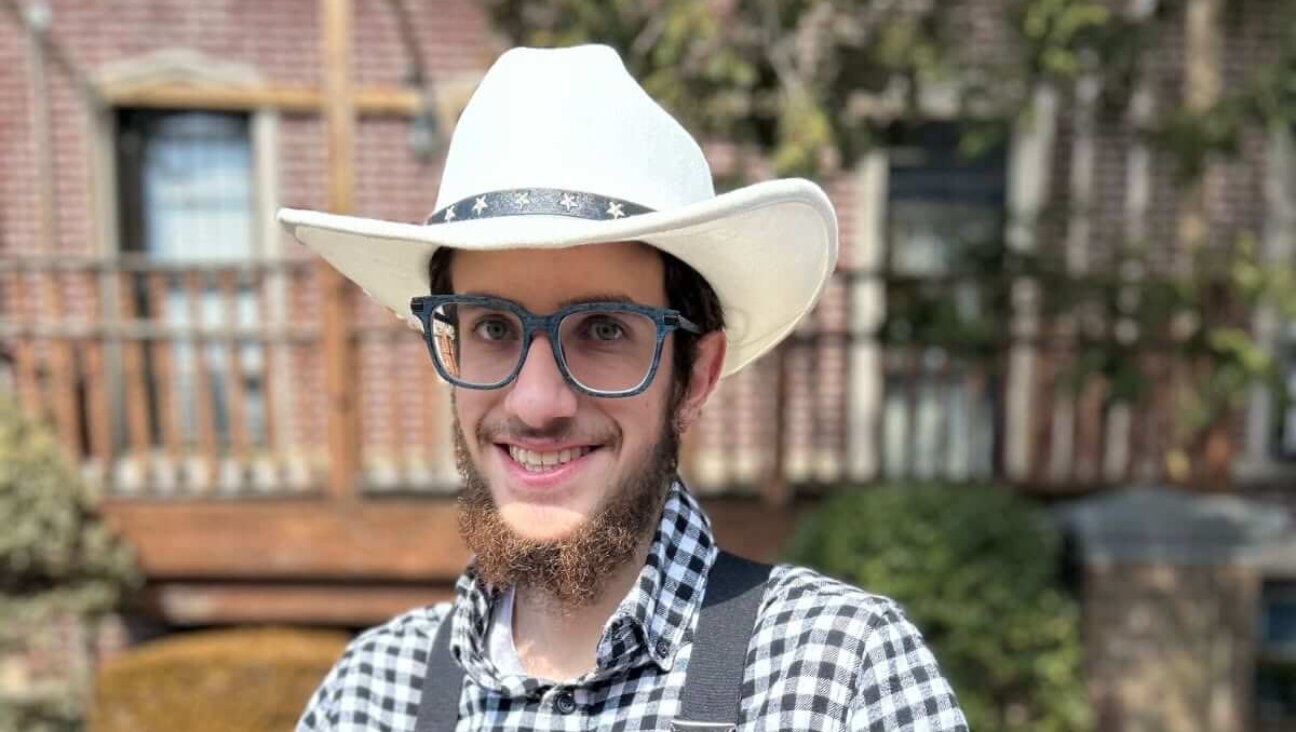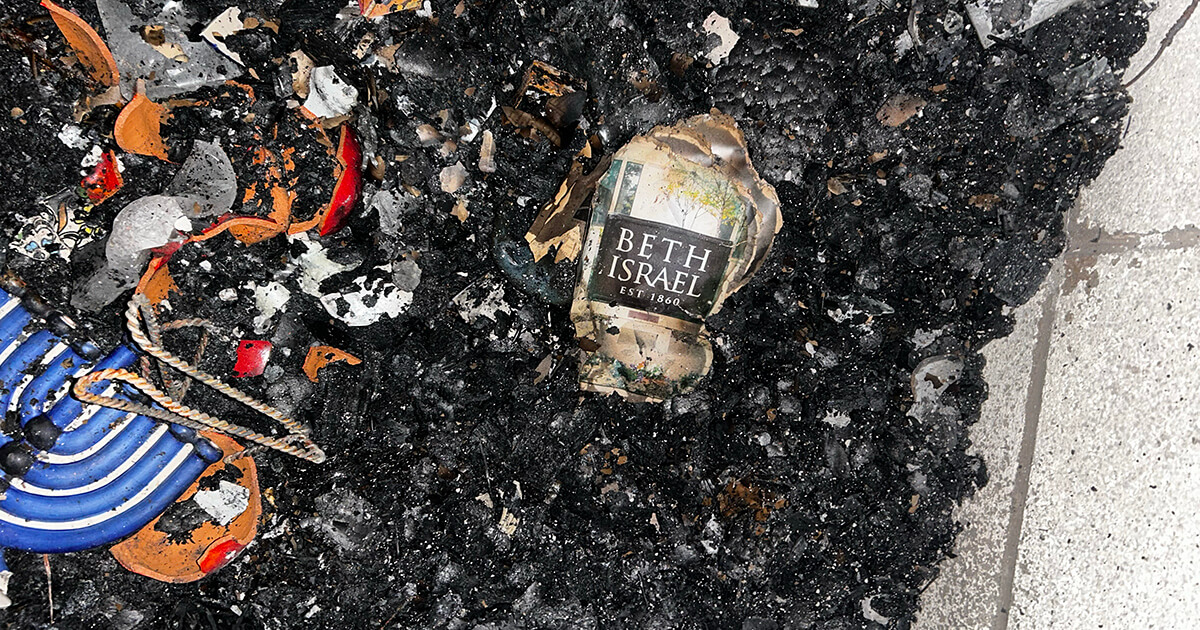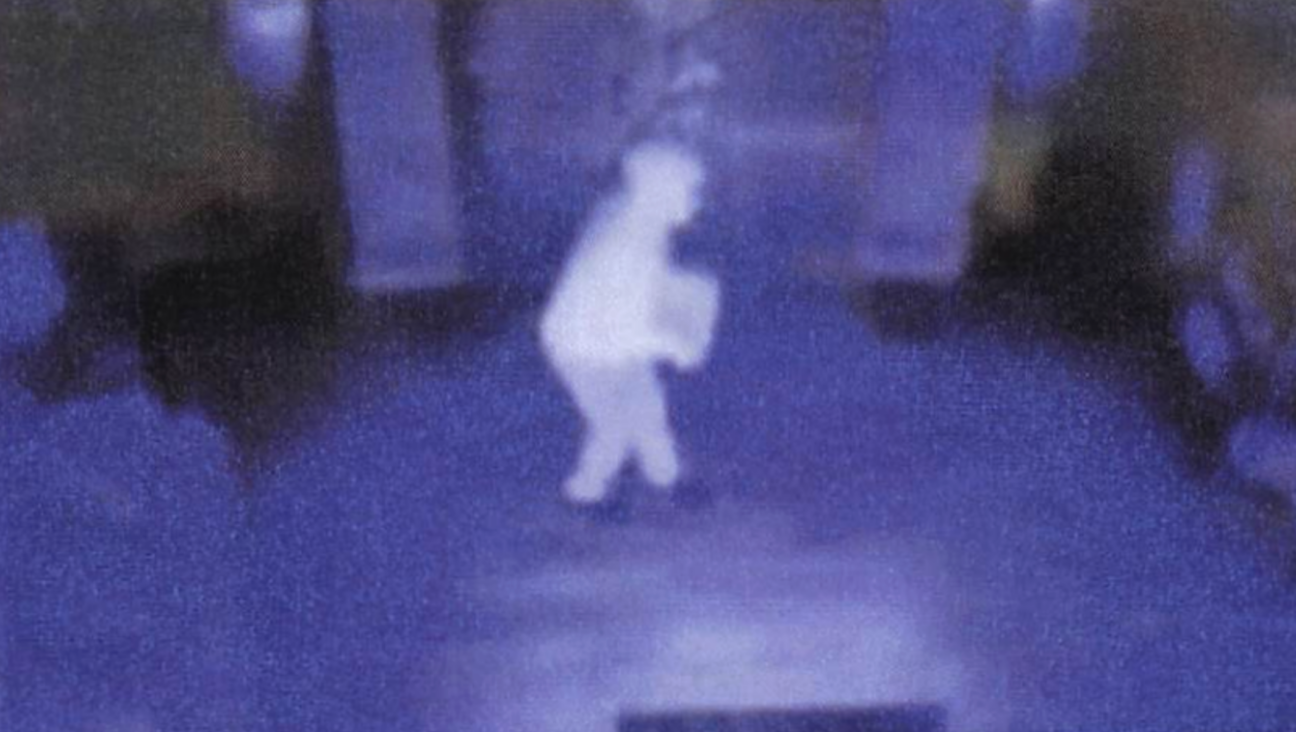Did Elaine May disappear — or is that just another Hollywood myth?
The writer, director and actor deserves a better biographer than she gets in ‘Miss May Does Not Exist’
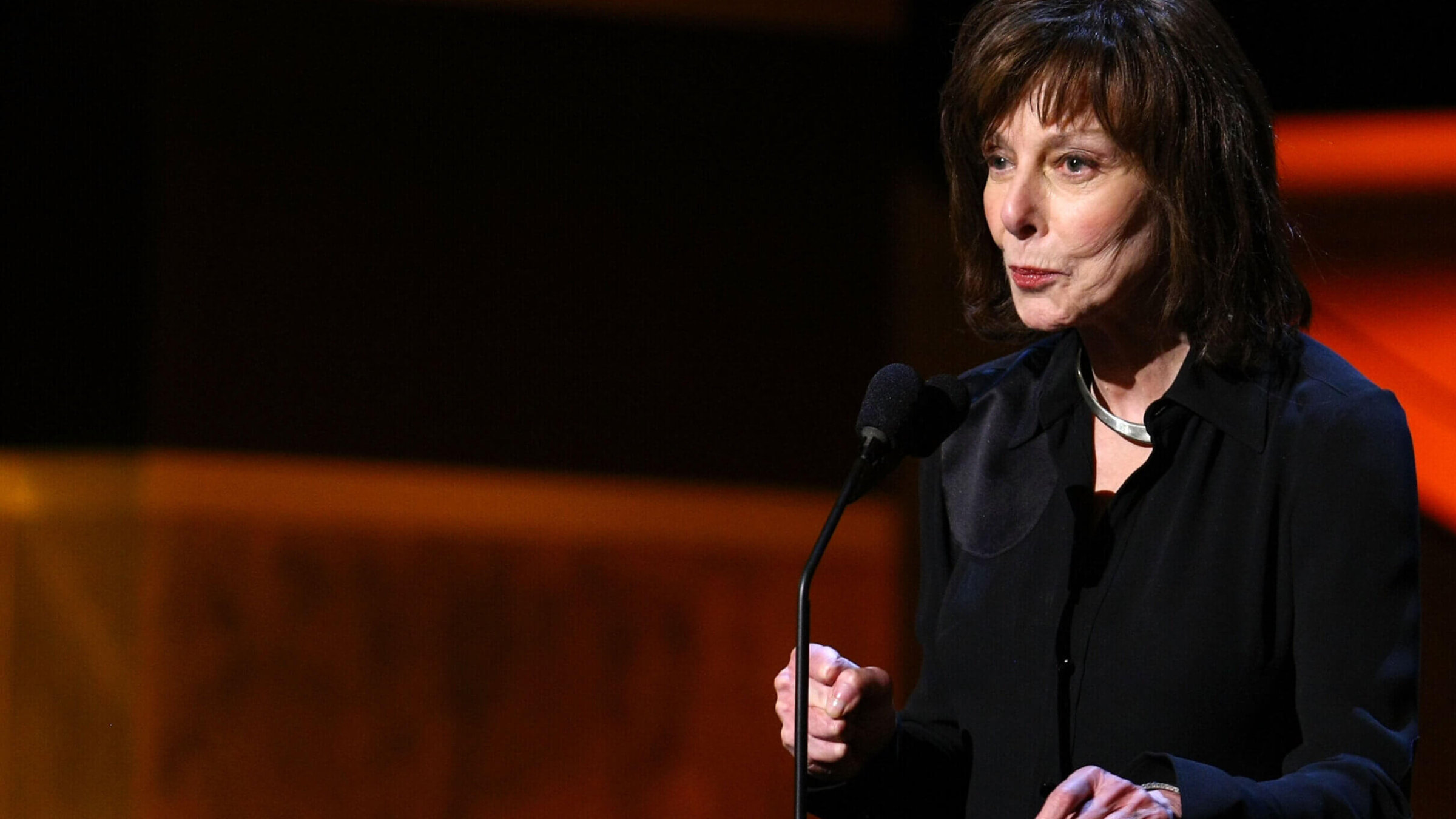
Elaine May, despite purported efforts to disappear, is still quite active. Photo by Alberto E. Rodriguez/Getty Images for AFI
Miss May Does Not Exist: The Life and Work of Elaine May, Hollywood’s Hidden Genius
By Carrie Courogen
St. Martin’s Press, 400 pages, $30
Is Elaine May’s career best understood as a vanishing act?
If we’re to go by a deceptively slim IMDb page, or just the thumbnail facts, a strong case can be made. After arriving on the scene as one half of the comedic duo Nichols and May, the actor, writer and director would appear more sporadically in the zeitgeist as her partner rose in prominence for directing Who’s Afraid of Virginia Woolf and The Graduate.
“Whatever happened to Elaine May?” a Life magazine profile asked in 1967; the question is rephrased in typically pugnacious fashion in Carrie Courogen’s new biography as “What the hell happened to Elaine May?”
For Courogen, a writer, editor, director and first-time author, the answer is that in the 1960s May was in her “flop era.” But the ultimate thesis of Miss May Does Not Exist is what May “wanted most was to disappear,” a wish later granted when she wrapped her final feature, Ishtar, in 1987, to radioactive results.
This notion of an urge to recede completely from public life is belied by a surprisingly robust body of work and the fact that, despite Hollywood’s efforts to end May’s career over her difficult reputation, she never stopped creating or starring in films, television series and plays. Indeed, for a woman in her 90s, she remains remarkably active, as Courogen’s own account proves. She is not a Louise Brooks or a Greta Garbo. She even still gives occasional interviews — just not to Courogen.
Perhaps the first red flag in Courogen’s comprehensive, if frothy, account, is a prologue that finds the author, for some reason afraid she might be recognized, sitting on a park bench in a blonde wig outside May’s apartment, stalking her reclusive subject. The next is the book’s first and only footnote, in the first page of the first chapter, which lets us know that “in the early twentieth century, the Yiddish Theater District was located primarily on Second Avenue in New York City.”
One would expect May fans — including the legions of younger alt-comedy people now reappraising her films and lauding her formative influence on improv — to know this information, but Courogen seems to be writing for an audience so far removed from May’s heyday that she explains her hero’s overnight success by asking readers to imagine they posted a joke video to social before going to bed, and awoke to find hundreds of admiring emails.
Still, there are insights to be gleaned. We learn more about May’s process (Nichols was her best editor but she was the writer of the two) and her actual effort to make her credit on A New Leaf disappear. Courogen gives an entertaining account of how May hid the two missing reels of film on Mikey and Nicky, a longtime May MacGuffin and “punk rock” move to ensure final cut. Though May didn’t agree to an interview — May offered to answer four questions in writing but ultimately backed out — the author does speak with producers and collaborators and onetime head of Paramount Barry Diller.
Addressing the pervasive sexism of the film industry, Courogen lets four-letter words stand in for analysis. (“She knew she was a good actress,” Courogen writes, “but she also knew that no matter how much Hollywood was changing, they still didn’t give a shit if a woman could act as long as she was young and beautiful and fuckable.”)
While an early New York Times review noted that Courogen’s first book is related “as if over Negronis,” sometimes it veers into drunk history. At one point she suggests Cary Grant, with Hedy Lamarr and Lauren Bacall, is among the Hollywood stars who changed their names over fears of antisemitism; it’s more likely Grant, who thought he was Jewish based on flimsy, manhood-based evidence, took on a nom de cinema because his given — dare I say Christian — name was “Archibald Leach.” (Jacob Garfinkel or Issur Danielovitch were right there!)
May attempted no such escape (May was the name of her first husband, but she was never any sort of showbiz crypto-Jew). Her script doctoring is Hollywood’s worst-kept secret, but then, she is far from the only famous writer to take a paycheck and eschew credit. Is someone who is so insistent on creative control — of her own work at least — really a kind of Houdini, or just a person who prefers to dip in and out of the spotlight, moved to act or sneak behind the camera once more for collaborations with people she likes?
A major theme of Courogen’s book is that May, the child of and occasional co-star to her Yiddish Theater actor father, Jack Berlin, has kept the family tradition going in projects with her daughter, Jeannie Berlin, and friends Marlo Thomas, Alan Arkin and, of course, Mike Nichols.
A merit of Miss May Does Not Exist is that it makes a reader eager to seek out more of May’s work. There’s more of it than you’d think. Since the overstated failure of Ishtar, she ghost-directed and starred in the indie film In the Spirit; wrote, directed and starred in plays on bills with Woody Allen and Ethan Coen; won a 2019 Tony for her role in The Waverly Gallery and even performed in a socially-distanced pandemic film. Sadly, the book itself feels slight and at times sloppy (Walter Kerr is misquoted, his use of the word “cant” rendered as “can’t”).
In that sense it is one more indignity for May who, from her first crack at Hollywood, was measured against her best friend.
Nichols’ career, allowed missteps May’s was simply not, resulted in a critically and commercially successful biography from journalist Mark Harris. May gets, for now, Miss May Does Not Exist, a noble effort at awareness that claims that May would “sooner have them kick all her teeth in, one by one” than let executives make her quit Tinseltown and flails at placing her in her deserved context as a pioneer woman auteur.
Once again, May is getting short shrift. Luckily, her own writing speaks for itself, and it’s everywhere if you care to look.



